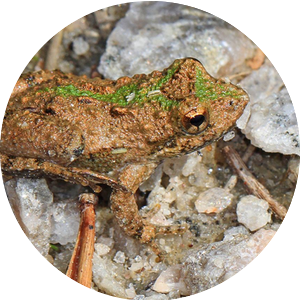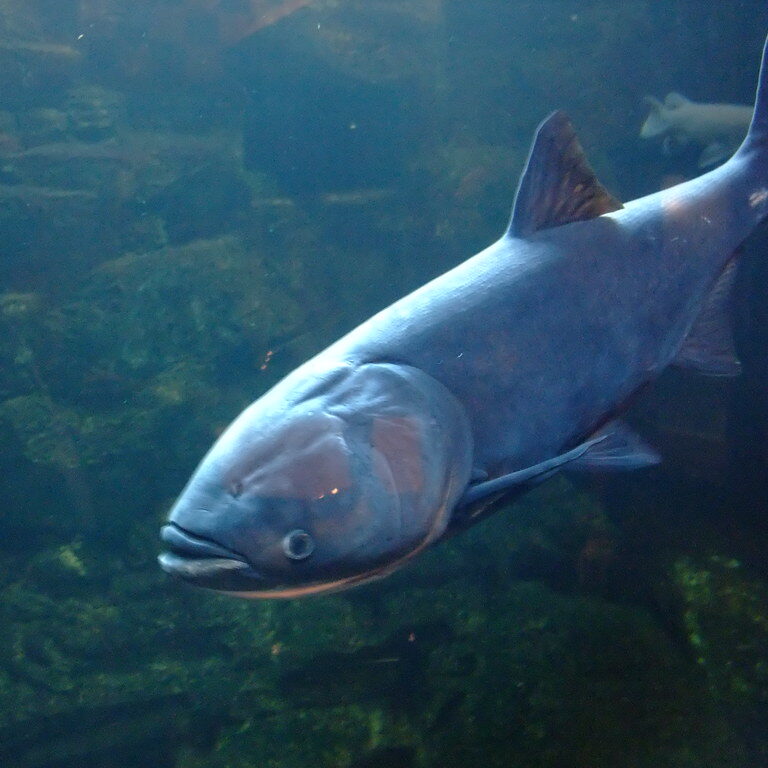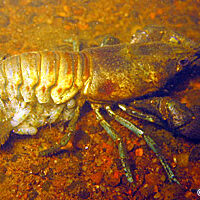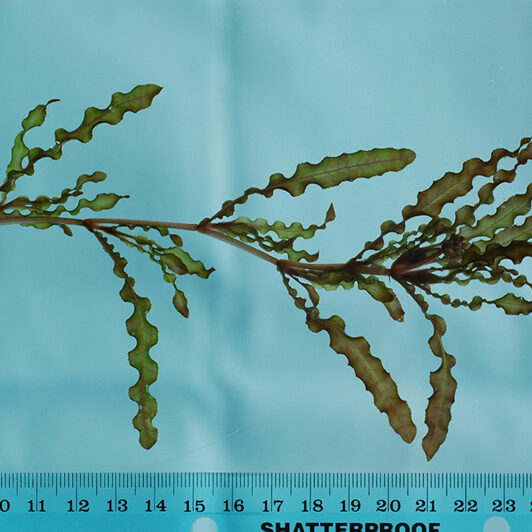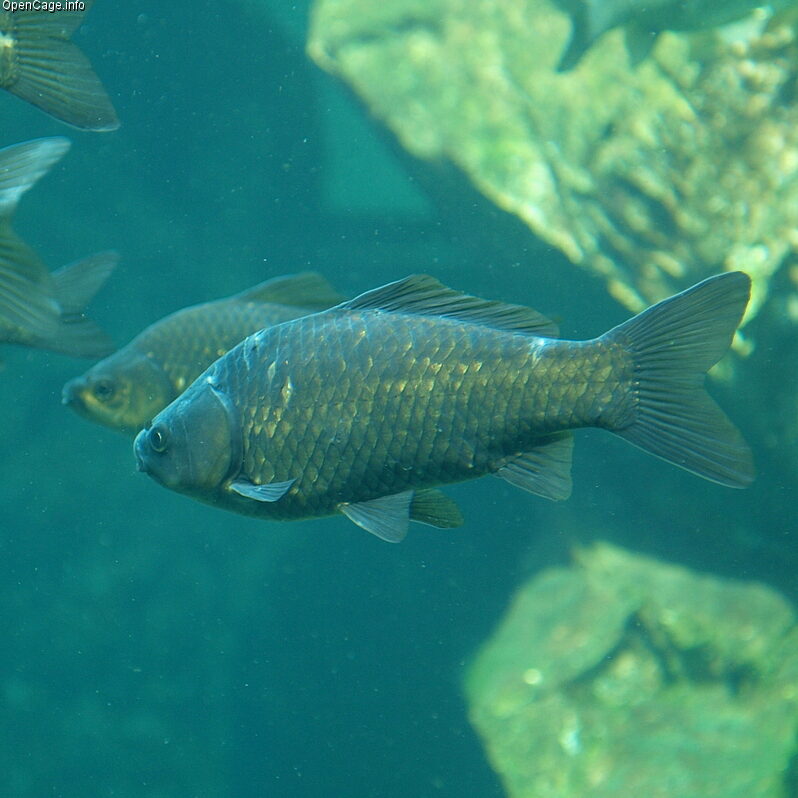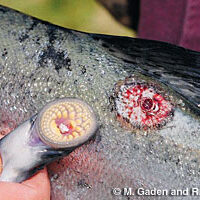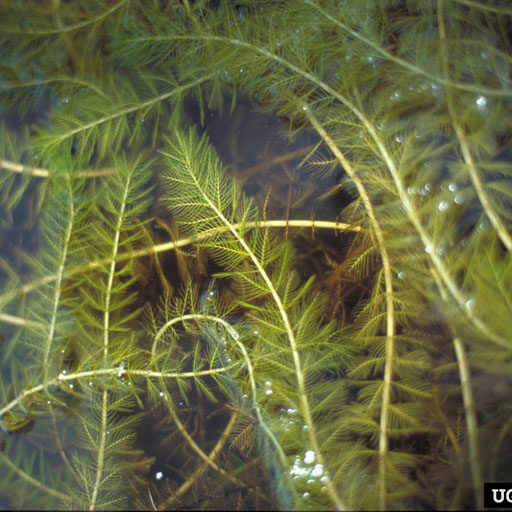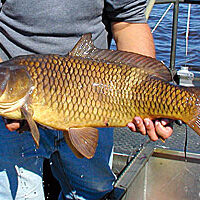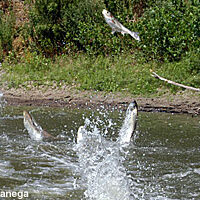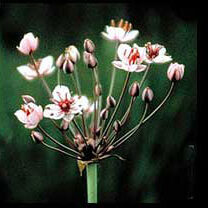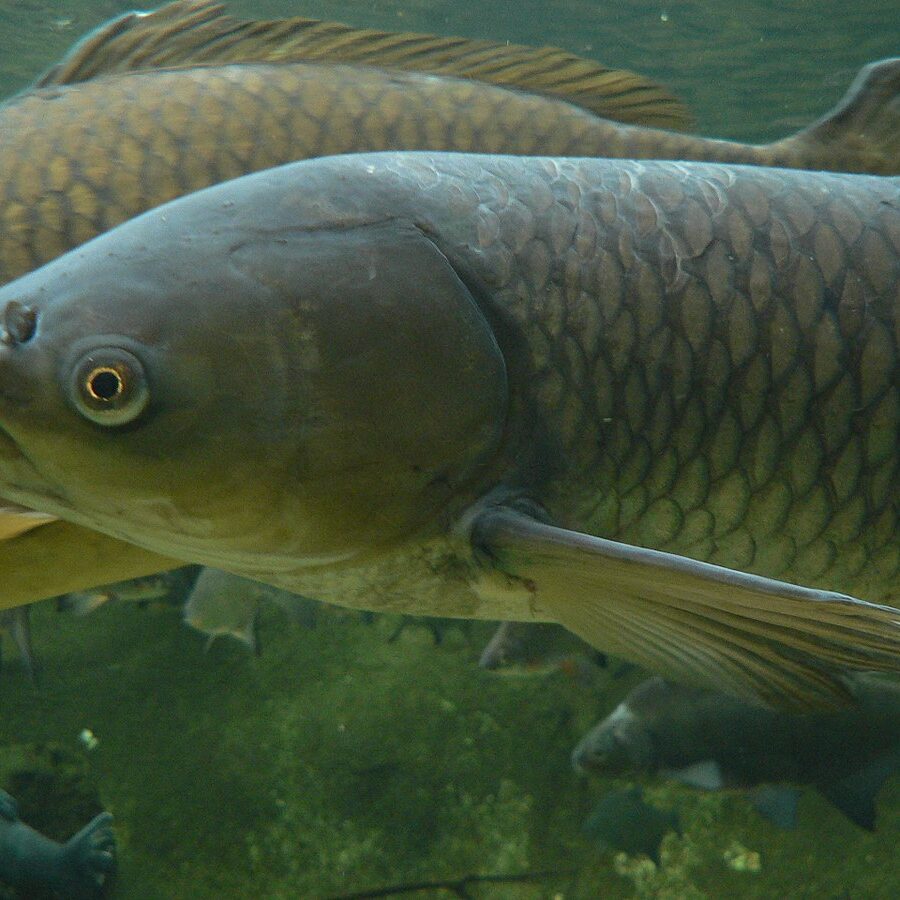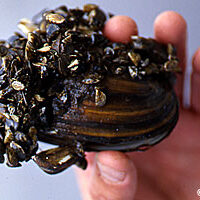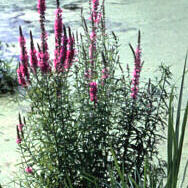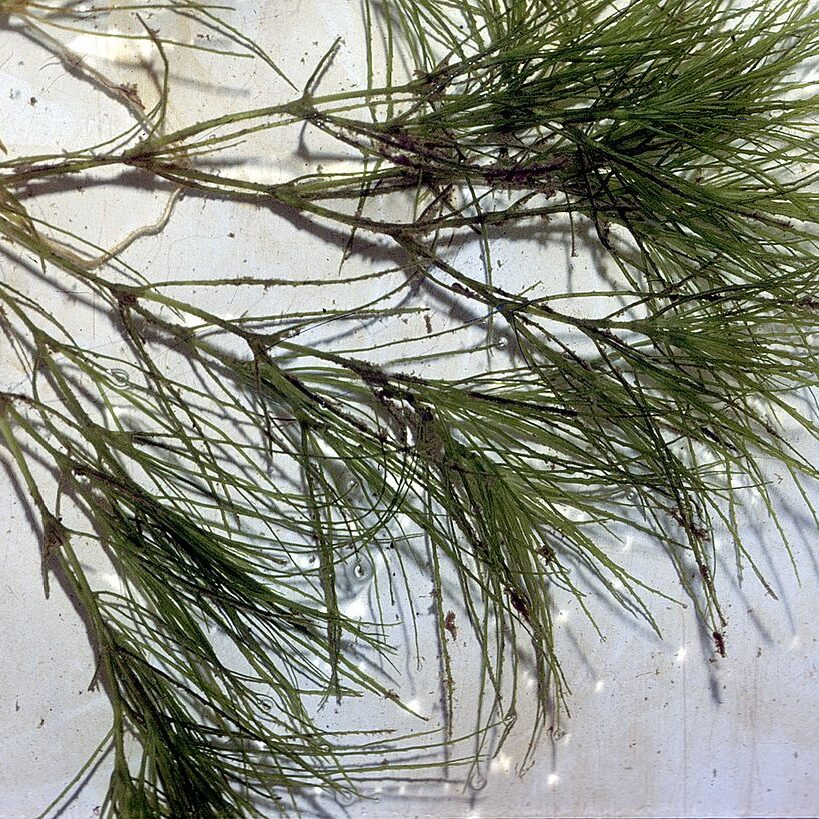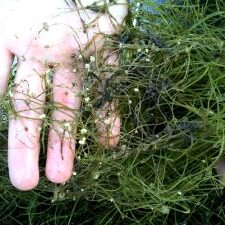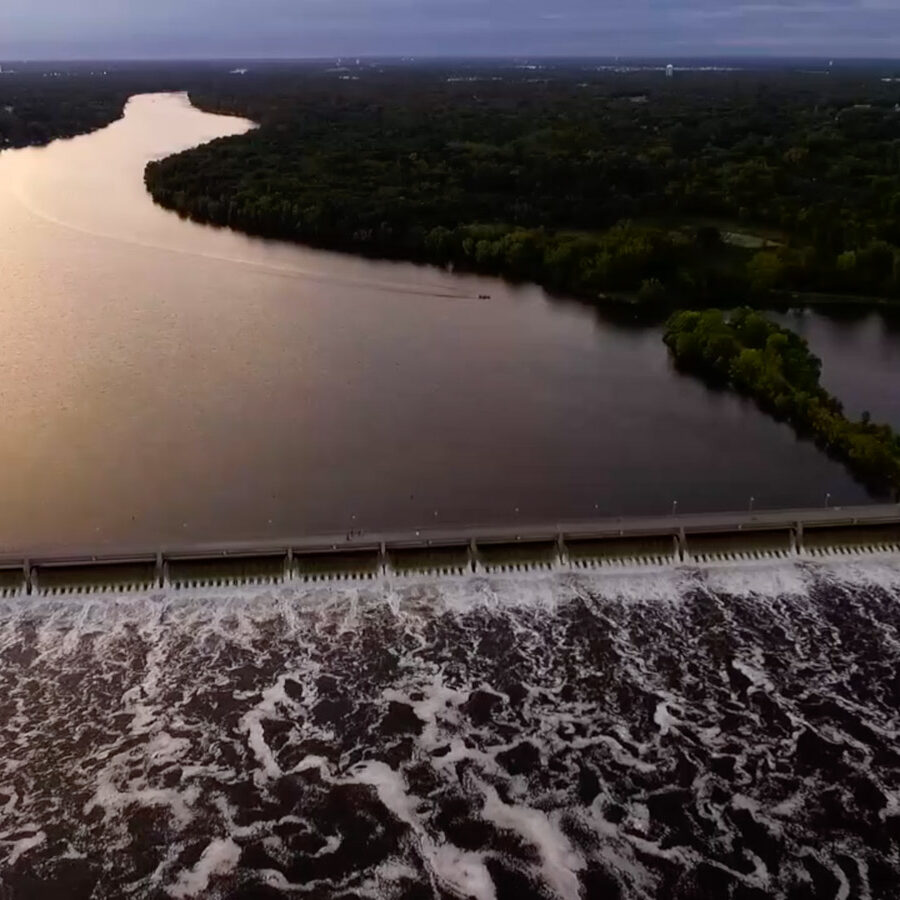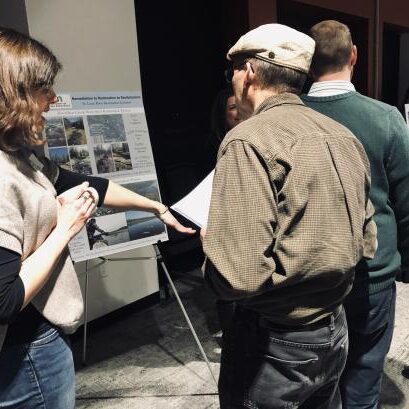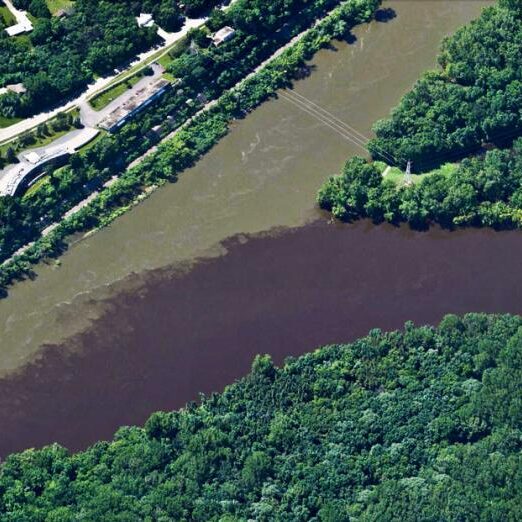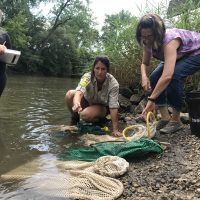explore
Human Impacts
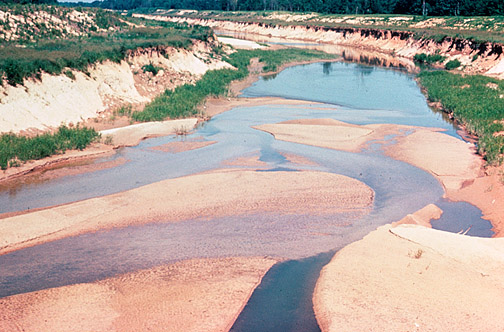
How are we harming our freshwater ecosystems?
Erosion and runoff of fertilizers and pesticides from our agricultural fields, residential areas, and industrial and urban areas can cause contamination, sedimentation (particles being deposited on water beds), salinization (water getting saltier), and acidification (water getting more acidic). Development of dams, locks, mills, and mines further leads to contamination, wetland drainage, and bank erosion. People have also introduced invasive, non-native species that disrupt the balance of wetland ecologies. These impacts threaten nearly every species living in the ecosystem, because as you now know, an ecosystem is all connected. However, these threats do not affect all species in the same way. For example, amphibians' thin skin makes them especially sensitive to toxins. Agricultural runoff - full of herbicides, pesticides and fertilizers - is fatal to these creatures!
How are invasive species harming our freshwater ecosystems?
An invasive species is any organism that does not originally come from the region it is found in. In contrast to native species, invasive species are taken from their native ecosystem and are introduced into a different ecosystem by unnatural processes. The common way species end up in different non-native ecosystems is people unknowingly or intentionally transporting them. Invasive species can have a very detrimental effect on the ecosystems they are introduced into, throwing the ecosystem out of balance and potentially causing extinction of native animals and plants! Below are some important species of invasive mussels, fish, and plants that are damaging Minnesota waters:
How are we healing our freshwater ecosystems?
There is hope! Recent changes in legislation have created stricter laws around agricultural application of fertilizers, pesticides, and road salt application in an attempt to decrease water pollution levels. Additionally, new laws require buffer zones around freshwater habitat, which acts as a filter for any runoff to further reduce the amount of pollution that reaches the water. Laws like these have helped many species in the past. For example, bald eagle populations have rebounded in large part due to a 1990’s ban on agricultural application of DDT.
